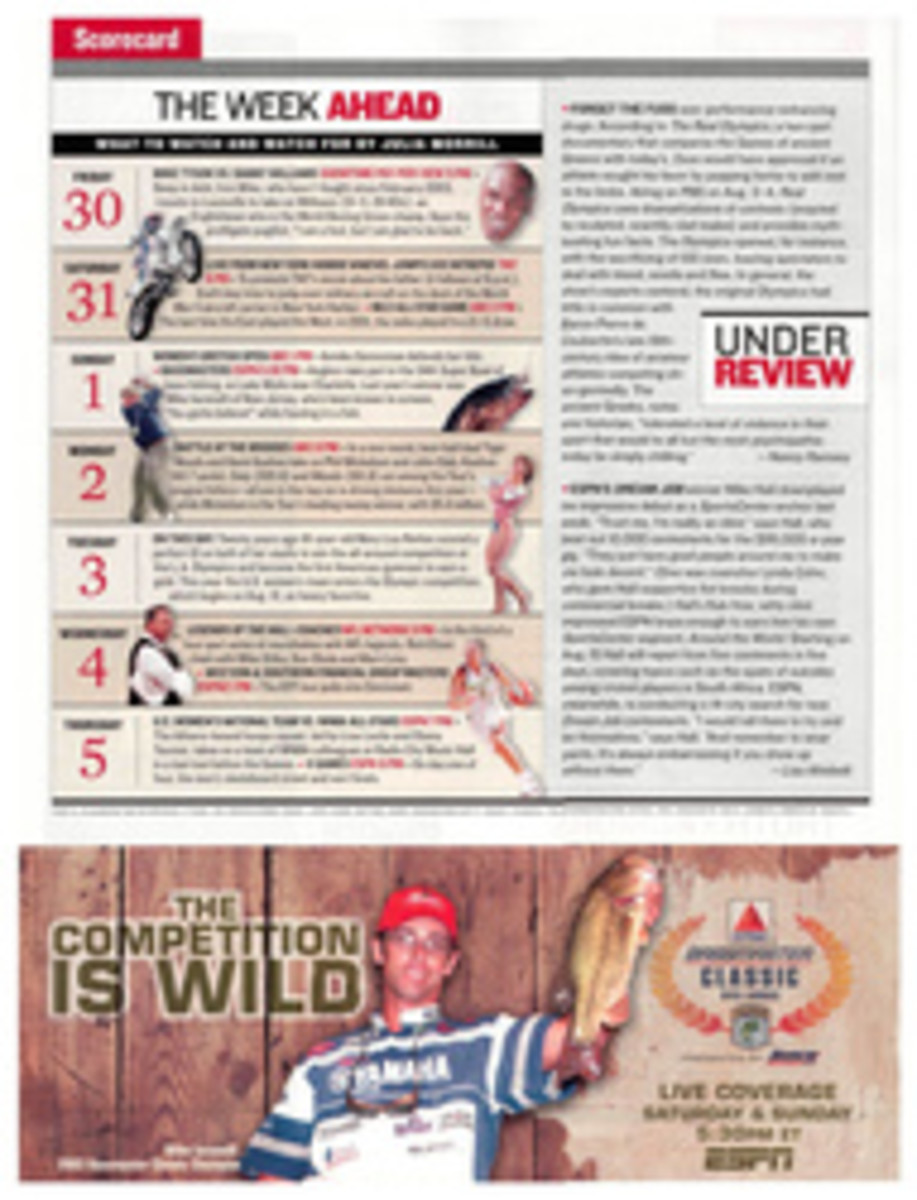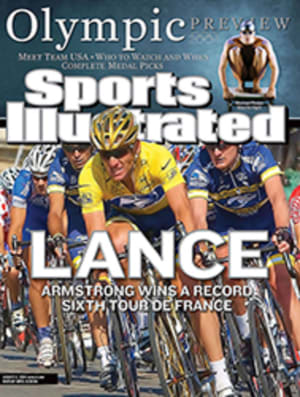
Rebuilt to Last Apparel impresario George Horowitz has turned venerable Everlast into a licensing juggernaut
Of all the great comebacks in boxing, few rival the one staged by
a faded heavy hitter named Everlast. Born in the Bronx in 1910,
the sporting goods company swaggered around the sweet science for
seven decades before losing its punch and its business reflexes.
Now, after 20 years of backpedaling, the "Choice of Champions"
has the sweet promise of an old-time fight card.
The first pro to use Everlast equipment was up-and-comer Jack
Dempsey. One day in 1917 he appeared at company offices looking
for protective headgear that could withstand more than 15 rounds
of sparring. None existed, so Everlast designed the equipment for
him. The company also came up with a "fighting glove" guaranteed
to hold its shape during the "roughest of milling"; a Hannibal
Lecter-like "boxing mask" that allowed businessmen to trade blows
without fear that their ears would turn to cauliflower; and, to
the delight of dentists everywhere, an "odontoguard" for those
with "protruding, loose or missing teeth."
Two years later Dempsey crumpled Jess Willard with Everlast
gloves to win the heavyweight title. From then on almost every
prizefighter from Joe Louis to Muhammad Ali wore the Everlast
label on his mitts or his trunks or his shoes--and often on all
three. "Everlast was like a heavyweight king with no
competition," says ESPN analyst and Everlast consultant Teddy
Atlas. "Eventually it started coasting on its name. Its belly was
big."
And its appetite for change was small. "By the 1980s Everlast's
owners had stopped adapting to the times," says Atlas, then a
trainer for Mike Tyson. Boxers wanted long trunks; Everlast kept
its trunks short. Boxers demanded lightweight running shoes;
Everlast's were, says Atlas, "more like cement boxes." Upstart
competitors like Reyes and Grant began making streamlined
punchers' gloves that conformed to the hand. "Everlast's gloves
were large and puffy," Atlas says. "You felt like you were
sticking your hand into an empty space."
With sales sagging and market share slipping, Everlast found
itself against the ropes. Realizing the need to diversify and
intrigued by the potential of the fitness boom, company bigwigs
in 1992 turned to George Horowitz, a history teacher turned
women's apparel visionary who had his own line. Everlast's owners
hired him to create women's activewear, and it was so successful
that Horowitz was given a license to add a men's line in '98. Two
years later licensee bought licensor for $60 million in stock and
cash.
Horowitz had been captivated by the Everlast brand since age
five, when his father, a Brooklyn carpet salesman, took him to
Madison Square Garden to see the Golden Gloves. "I remember
looking down at the action from the cheap seats and seeing the
Everlast logo," he says. "To me, Everlast was boxing."
His goal was to breathe life back into the company's boxing
division. Horowitz immediately shut down the Bronx factory, moved
manufacturing operations to Missouri for cost reasons and
installed a young management team headed by his son Seth, who had
recently graduated from George Washington University. Atlas and
hand surgeon Charles Melone were hired as consultants. "Since
George took over, Everlast's quality has improved phenomenally,"
says heavyweight contender James Toney. "I wish he'd pay me to
endorse the stuff."
In 2000 Everlast's annual retail sales were close to $200
million. This year, with dozens of new licensing deals, the
company is expected to take in more than three times that amount.
Though Everlast supplies about 90% of the world's boxing gloves,
sales for all gear in that sport account for a mere 5% of the
company's business. Most of Everlast's revenue is generated by
the clothing lines, another 20% is footwear, and 15% is fitness
equipment, from wrestling mats to medicine balls. The rest of the
take is derived from stuff like cosmetics, jewelry, watches,
nutrition bars and fragrances.
Heaven forfend, there's even an Everlast condom! It not only fits
like a glove, it goes the distance.
COLOR PHOTO: CHUCK SOLOMON (HOROWITZ) PUNCHED-UP IMAGE Under Horowitz, Everlast has expanded intoshoes, throwback jerseys and even energy bars.
THRE COLOR PHOTOS: EVERLAST (3) [See caption above]

